British Typhoon and Reaper aircraft have conducted four separate air strikes against Daesh this month, say the Royal Air Force.
The RAF say that the strikes, which were conducted over northern Iraq, successfully hit their targets.
“Since liberating the last territory held by Daesh, in March 2019, the RAF has continued to fly daily armed reconnaissance patrols to prevent Daesh from re-establishing control of territory in Iraq or Syria. The current round of strike operations is the result of the gathering of intelligence, and the thorough surveillance of the target and surrounding area for any signs of civilians, to ensure they are not placed at risk.”
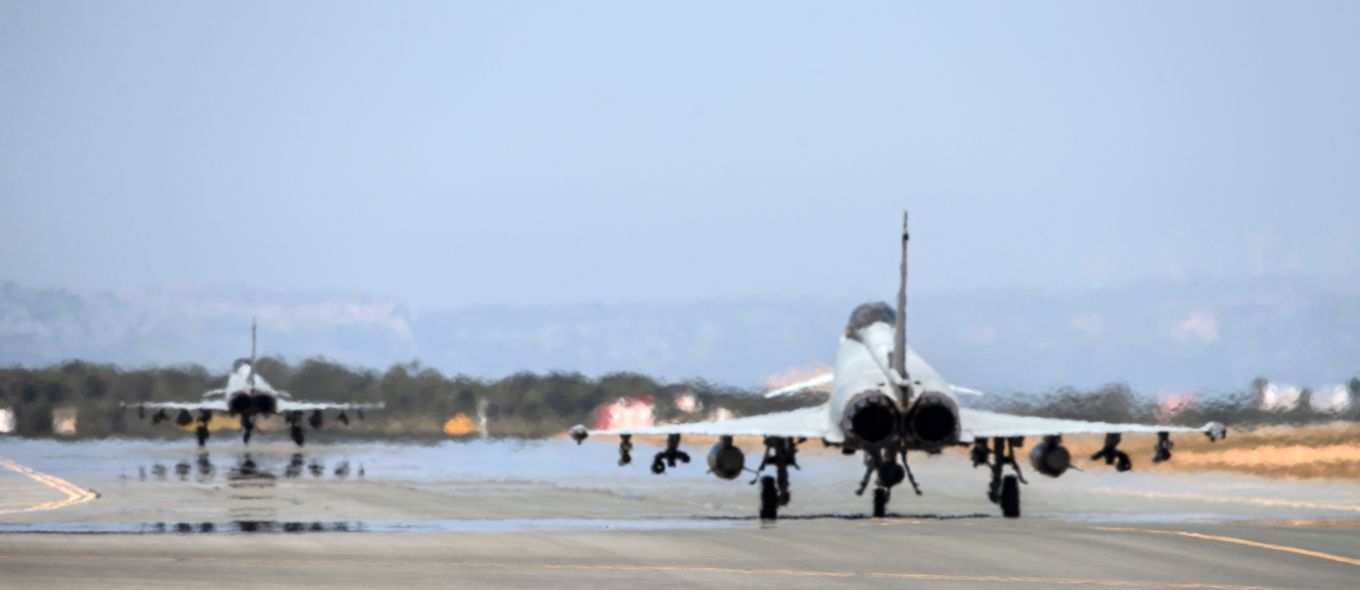
Defence Secretary Ben Wallace said in a release:
“These strikes are another example of how the UK Armed Forces protect our nation and allies, every single day, from all those who seek to do us harm.”
The RAF say that the strikes this month began when a Reaper remotely piloted aircraft destroyed a bunker containing Daesh fighters, west of Tuz Khurmatu, in northern Iraq on the 8th May.
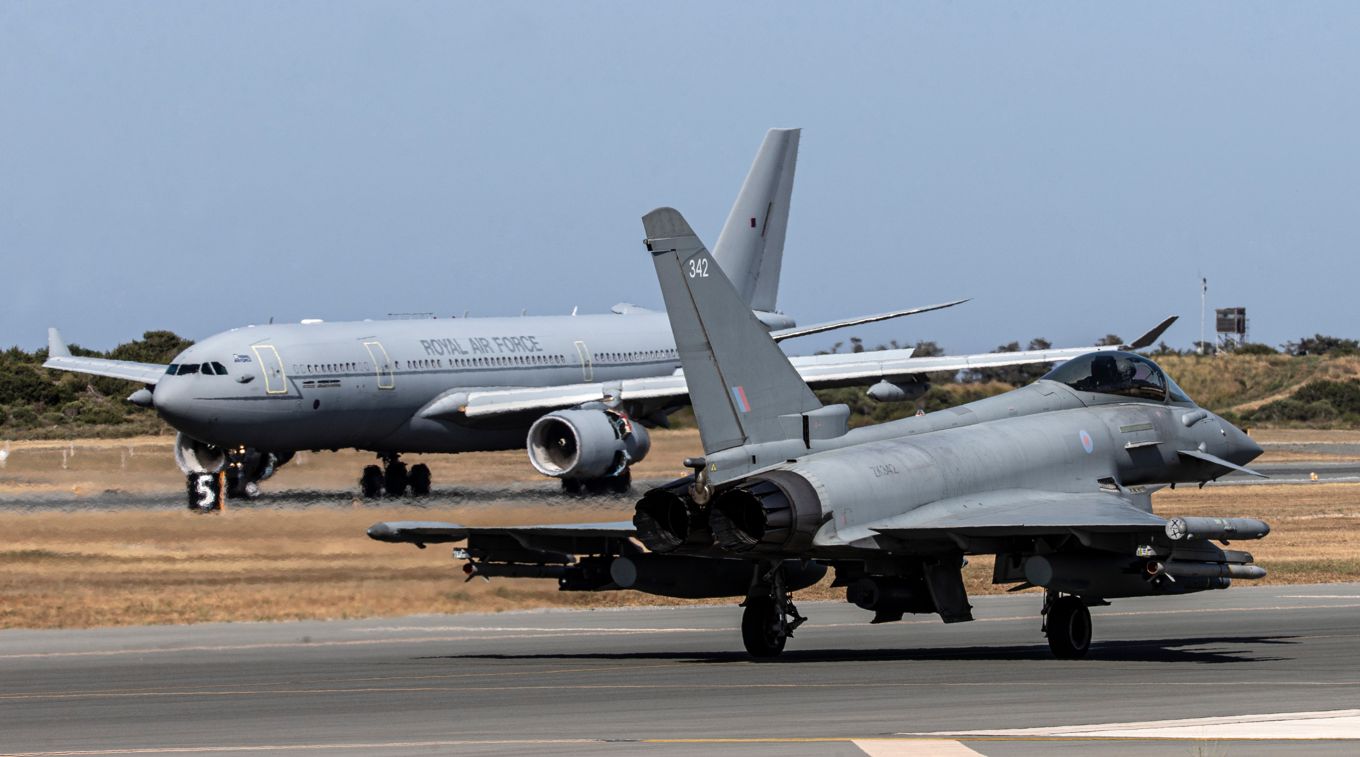
Two days later a pair of Typhoons, supported by a Voyager air refuelling tanker, flew an armed reconnaissance patrol over northern Iraq.
“During this flight and as a result of Coalition surveillance aircraft locating a cave system occupied by Daesh terrorists, the Typhoons were able to identify targets at three of the cave entrances, all of which were successfully bombed and destroyed. The caves were southeast of Hatra, on the banks of the Tharthar River. On 13 May, Reapers again saw action west of Tuz Khurmatu, when two of the RAF’s aircraft destroyed two more Daesh-occupied bunkers. Ten days later after locating a group of Daesh fighters hiding in woods, a Reaper dropped one bomb. The impact was seen to cause secondary explosions, indicating the likely presence of a significant stockpile of munitions.”
Background on Operation Shader
This section is intended to provide a bit of background on British efforts in the region and if you’ve read it before, please remember others may not have.
In September last year, the Ministry of Defence had announced that over 1,000 personnel were engaged in theatre and that the Royal Air Force had conducted around 1,000 airstrikes, flying over 2,800 sorties, killing over 3,000 Islamic State fighters.
Last year, it was reported that the Royal Air Force was operating at its most intense for 25 years in a single theatre of operation which far outstripped the UK involvement in Iraq and Afghanistan – RAF jets have dropped 11 times more bombs (1,276 strikes) on Syria and Iraq in the preceding 12 months than they had in the busiest year of action in Afghanistan a decade previously.



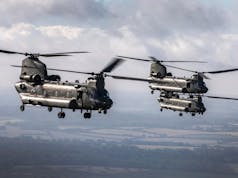
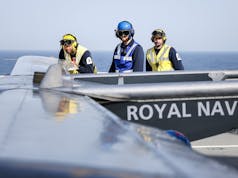
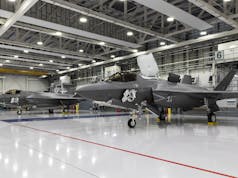
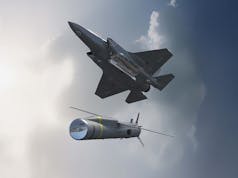

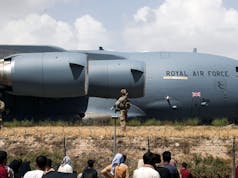

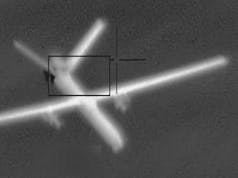

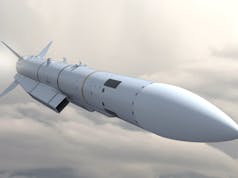

This seems to be working. Well done the RAF.
I’m just imagining the cost difference between the Reaper missions and the Typhoon ones with Voyager support.